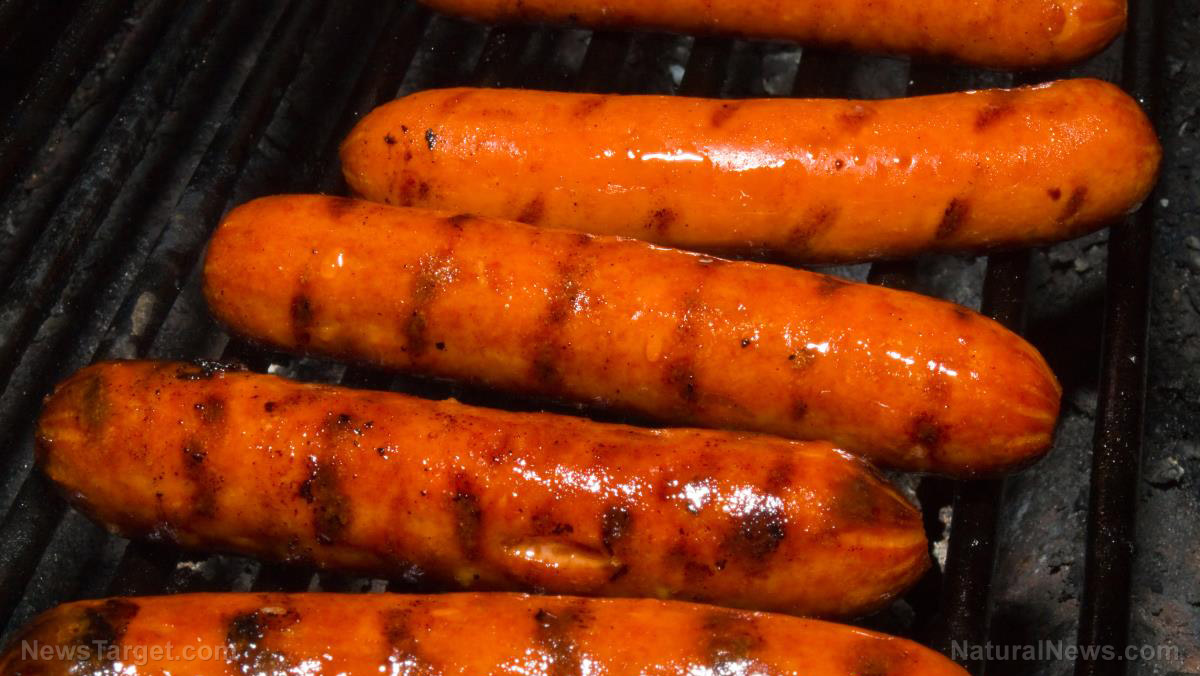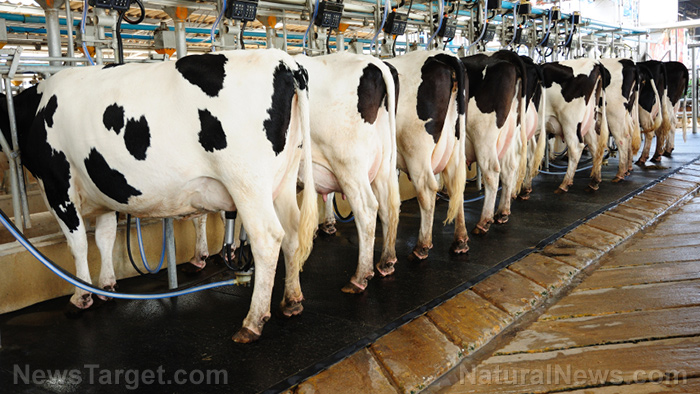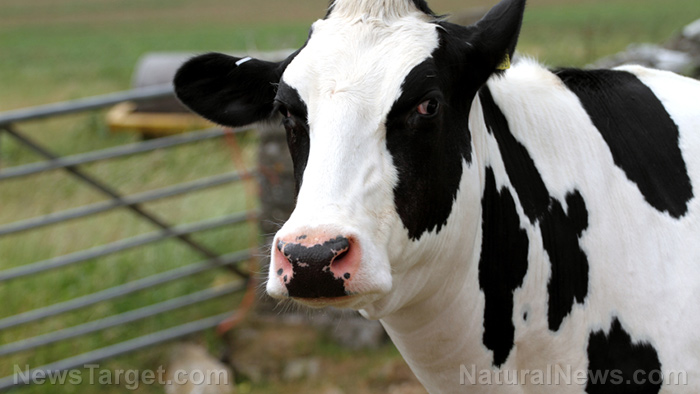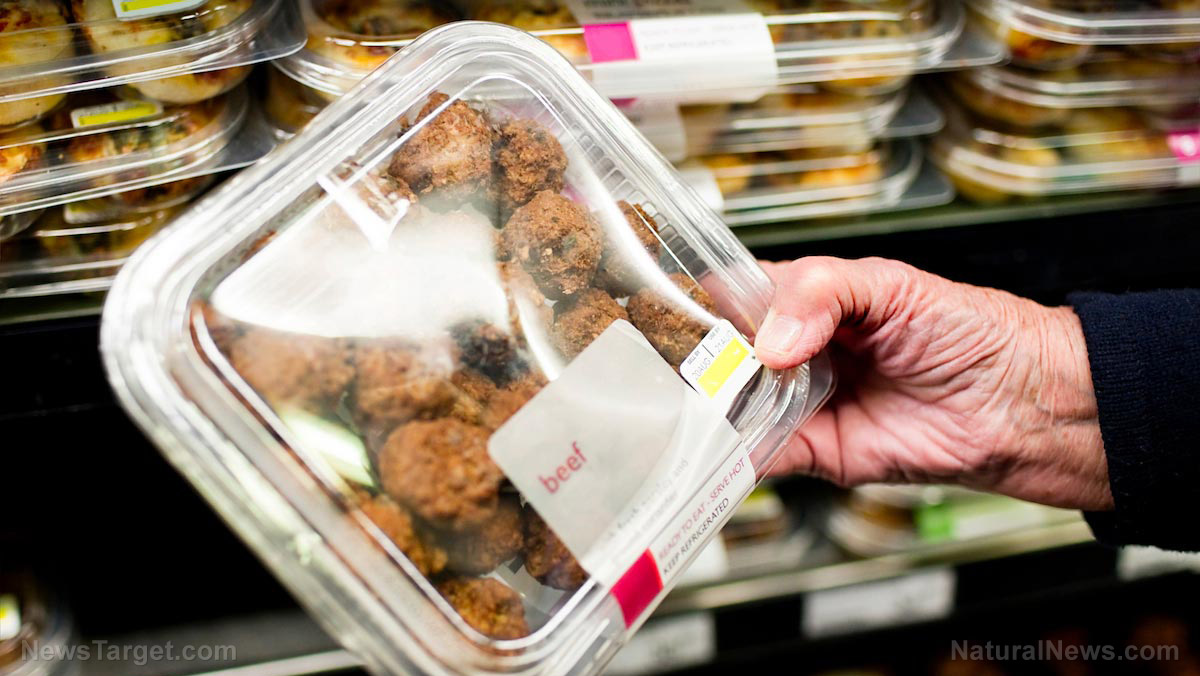Tips for responsibly and safely foraging and hunting for food
06/07/2023 / By Olivia Cook

Before you step foot into the outdoors and expect to start blindly sampling any colorful fruit and berry you spot, you first need to know how to forage and hunt responsibly and safely.
Scouting for food in the wild may seem easy at first, but foraging is more than just walking around in the woods and spotting delicious berries. Foraging requires a good knowledge of the environment and a little bit of practice in the wild.
Let’s look at some basic rules and guidelines and tips for a successful foraging experience.
Know the edible plants in your area
The first thing you need to do is research on what grows wild near you and could potentially offer the most heaping dose of nutrients per serving, including beneficial compounds like antioxidants and phytonutrients.
When you find a plant that you are unfamiliar with, try to avoid it until you know more. Taking extra precautionary measures regarding these unknown potential edibles could save you having to deal with its potentially harmful side effects in the future. (Related: Foraging 101: The universal edibility test.)
Consider insects
Familiarity with the insects of your environment can also significantly alter your experience in the field during emergencies when food is scarce.
Finding insects in the wild has distinct advantages as well, as these wild insects are less likely to have made contact with toxic chemicals like pesticides, and this additional protein could help tide you over until you’re able to find more reliable food sources.
Look for water sources
If the thought of eating insects truly bothers you, fret not, you could find your protein from other sources, such as fishing.
Many of the world’s most nutrient-dense foods thrive along the world’s waterways. Learn how to fish and then find a local river, lake, creek or any other body of water and get to fishing. Fish provide an incredible source of lean protein, and they are high in omega-3 fatty acids, crucial nutrients for strengthening your heart and brain.
Go hunting
When all else fails, learn to hunt. Animal foods offer a complete variety of proteins, nourishing fats and beneficial nutrients to keep people satisfied. Hunting can be done either with firearms or with traps, including the deceptively simple snare trap that uses only a bit of rope and a piece of sapling. This can be enough to trap small creatures like rabbits, and rabbit stew is rich and nourshing.
While hunting and fishing are important skills for preppers, learning how to safely forage should also be on your list of skills to learn and master, as varying your food sources can increase your chances of having enough foor during emergencies and disaster situations.
Learn food preservation
Once you have sufficient amounts of food, either through foraging, fishing, hunting or a mixture of the three, you need to learn how to preserve what little food you’ve gotten. Properly storing food using food preservation techniques like cold storage, canning, drying and dehydrating, salting, pickling or fermenting could ensure that you get adequate nutrition all year.
“Foraging is a lost art, but you can revitalize it for modern times. Knowing how to find food in the wild comes in handy if you get lost and could keep you well fed when tough times hit your wallet,” wrote Martin Banks for Bio Prepper.
For more stories like this, visit Preparedness.news.
Watch the following video to learn how to forage maitake mushrooms.
This video is from the What is Happening channel on Brighteon.com.
More related stories:
Food supply tips: How to forage for edible nuts for your survival stockpile.
Foraging 101: How to identify, harvest and prepare wild lettuce.
5 Tips for safely foraging nutrient-dense food.
Foraging 101: Best US states to forage for food after SHTF.
Food supply tips: 5 Thing you need to learn when foraging for nutrient-dense food.
Sources include:
Submit a correction >>
Tagged Under:
bug out, edible plants, emergency food, Food Preservation, food supply, foraging, green living, hunting, insects, off grid, preparedness, prepper, prepping, survival, survival skills, tips
This article may contain statements that reflect the opinion of the author
RECENT NEWS & ARTICLES
COPYRIGHT © 2017 FOOD SUPPLY NEWS



















